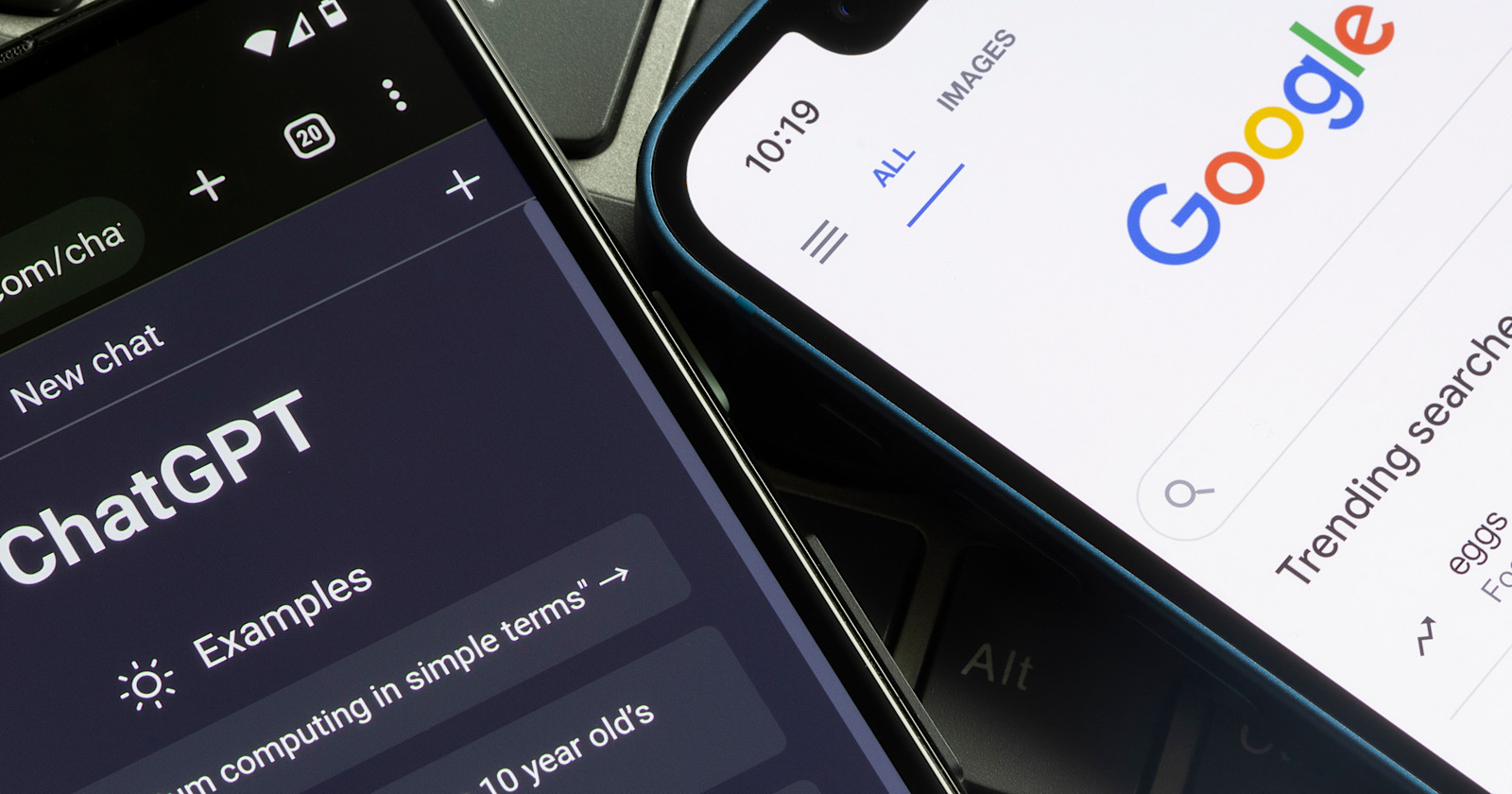September 2025 Digital Marketing Roundup: What Changed and What You Should Do About It
September marked seismic shifts for digital marketers. Google launched user-controlled preferred sources. TikTok’s search ads started delivering 2x purchase lift. AI tools cited Reddit more than Wikipedia. Meta rolled out culture-first targeting that actually works. These aren’t incremental tweaks...

September marked seismic shifts for digital marketers. Google launched user-controlled preferred sources. TikTok’s search ads started delivering 2x purchase lift. AI tools cited Reddit more than Wikipedia. Meta rolled out culture-first targeting that actually works.
These aren’t incremental tweaks but major changes with how visibility works across every platform that matters.
Key Takeaways
Google’s “Preferred Sources” changes mean visibility now depends on user opt-in, not just algorithmic SEO. Community platforms like Reddit are leading the way in LLM citations, AI trusts people more than publishers. TikTok is officially a bottom-funnel platform. Search ads are driving 2x purchase lift. Influencer marketing is evolving, from content partners to product creators and campaign co-leads. LinkedIn is now delivering measurable B2B ROI and rewarding volume with visibility. Generative SEO requires structured, comprehensive content and strong off-site signals to earn citations.Google Gives Users More Control—And Publishers More Uncertainty
Google’s new “Preferred Sources” feature lets users choose which publishers they want to see in their Top Stories feed. Right now it’s only live in the U.S. and India, but the ripple effect could be global.

Why it matters: Google just changed the rules. Algorithm optimization isn’t enough anymore, users decide who gets seen. Publishers banking on SEO alone will lose traffic to brands that earn the opt-in.
What to do:
Add a “Make us your preferred source on Google” CTA to blogs, email footers, and resource pages. Incentivize returning users through newsletters or community content. Don’t assume visibility is earned by merit alone anymore. Earn the opt-in.Google’s Spam Update Tightens the Screws
The August 2025 spam update started rolling out late in the month, and it’s still shaking things up. Cloaked content, hacked sites, thin AI pages, Google’s targeting them all.
Why it matters: Google’s first spam update in eight months targeted the obvious stuff, which isn’t a surprise. But I’m seeing legitimate sites get hit for “over-optimization.” Google’s tolerance for search-first content is shrinking fast.
What to do:
Audit your thin content and internal links for anything that feels “search-first.” Replace AI filler with genuine perspective or proprietary data. Watch for ranking drops that point to a need for quality upgrades, not technical fixes.Instagram’s iPad App Goes Full Reels Mode
Instagram rolled out a native iPad app, but the real headline? It launches straight into Reels.

Why it matters: Meta isn’t hiding its priorities. This signals a possible shift to Reels-first UX across all devices. If it performs well on tablet, expect mobile and desktop to follow. Short-form video is becoming Instagram’s front door.
What to do:
Monitor Reels metrics for signs of boosted distribution. Prioritize thumb-stopping video formats with strong hooks. Keep visuals mobile-first, but prep higher-res assets for larger screens.Focus Friend Hits #1—Influencer-Built, Not Just Backed
Hank Green’s Focus Friend, an ADHD productivity app, soared to #1 on the App Store—outranking ChatGPT, Threads, and Google itself.

Why it matters: This goes beyond just influencer reach. It’s a blueprint for product-led storytelling. When creators build tools rooted in their audience’s needs, they win big.
What to do:
Co-create with creators early, ideally pre-launch. Think of influencers as collaborators, not just promoters. Build products with shareability and emotional design.Meta Leans Into Culture-Led Ad Targeting
Meta is expanding Reels trending ads, rolling out new Threads formats, and extending value-based bidding rules to brand campaigns.
Why it matters: Meta’s new targeting focuses on trending topics and cultural moments, not just age and location data.
What to do:
Build creative that aligns with trending topics or cultural moments. Use value rules to allocate budget based on predicted conversion quality. Test Threads ad formats before competition drives up CPMs.Reddit is AI’s Most Cited Source
SEMrush analyzed 150,000 AI-generated responses and found Reddit is cited more than Wikipedia, YouTube, and traditional websites combined.

Why it matters: Generative AI tools trust communities over content farms. If you’re ignoring Reddit, you’re invisible to AI discovery tools.
What to do:
Audit where your brand shows up in Reddit conversations. Engage authentically in niche threads—don’t spam. Use Reddit as a visibility play for both SEO and LLM inclusion.Top Strategies for LLM Visibility: Structure, Schema, Mentions
Organic Labs analyzed over 10,000 LLM responses to crack the code on AI citations. The winning formula: clear content structure (FAQs, bullets), schema markup, and consistent brand mentions across the web.

Why it matters: This moves generative SEO (GEO) out of theory and into actionable strategy. We have data-backed tactics now that marketers can start putting into action.
What to do:
Add FAQs, bullets, and concise summaries to long-form content. Use schema to identify key entities and page context. Build brand mentions through digital PR, digital citations, and guest content.TikTok Search Ads Deliver 2x Purchase Lift
TikTok isn’t just an awareness tool anymore. Their Search Ads are now driving 2.2x lift in purchases for enterprise advertisers, with 86% of Gen Z searching on the platform weekly.
Why it matters: Search volume is up 40% year-over-year. TikTok has become a discovery engine where intent meets inspiration—users search out of curiosity and convert through creativity.
What to do:
Test TikTok Search Ads alongside your in-feed campaigns Target curiosity-driven keywords, not just branded terms Create discovery-moment content that answers “how” and “why” questionsInfluencers Join Super Bowl Creative Teams
Brands are integrating creators into Super Bowl 2026 campaigns, not just for amplification, but for strategy, storytelling, and on-site activation.
Why it matters: Don’t fall into the trap of thinking that creators are just media buys. They’re narrative architects who bring human relevance to big-budget campaigns.
What to do:
Involve influencers in campaign strategy and creative development, not just content promotion Use them across the full event cycle: pre-launch buzz, live coverage, and post-event storytelling Think bigger than social amplification. Creators can handle on-site activation and audience engagementAI Still Sends Users to Broken Pages
Ahrefs found that 1% of AI-recommended URLs lead to 404s. Google’s rate? Just 0.15%. AI assistants account for just 0.25% of site traffic compared to Google’s 39%, but their error rate is six times higher.
Why it matters: AI tools are already crawling and citing your content, whether you know it or not.
What to do:
Optimize your 404 page like it’s a landing page. Create a comprehensive sitemap that helps AI tools find and reference your best content. Don’t sleep on technical SEO, as it could be your AI safety net.LinkedIn Rewards Brands That Show Up
Buffer analyzed 2 million posts and found that companies posting 11+ times a week get 16,000+ more impressions. But there’s bigger news: LinkedIn Ads now show 113% ROAS—the only platform delivering positive returns across the board.


Why it matters: Frequency doesn’t just maintain reach—it multiplies it. But quantity only works when paired with quality.
What to do:
Post 3–5 times weekly at minimum. Blend thought leadership, employee advocacy, and industry reaction. Prioritize value, not volume.LinkedIn’s new CAPI integration and advanced conversion tracking let B2B marketers prove pipeline impact like never before. The platform rewards volume with visibility, but only if your content sparks professional conversations.
Final Word: Visibility Is About Trust, Not Just Tactics
It’s not enough to rank. Or go viral. Or show up in someone’s inbox.
The playbook changed in September. Visibility now spans platforms, algorithms, user preferences, and AI models. And each one has its own logic, signals, and expectations.
Google wants trust. LLMs want structure and mentions. Social wants stories. Users want relevance. None of it works in isolation.
Start with three moves: Set up Preferred Sources CTAs this week, audit where your brand appears in Reddit discussions, and test TikTok Search Ads if you’re in retail or direct-to-consumer. The brands moving first on these changes will own the advantage while others catch up.
This is the new search. It’s happening everywhere. And your brand needs to be ready for it.

 Troov
Troov 









![How AI Search Should Be Shaping Your CEO’s & CMO’s Strategy [Webinar] via @sejournal, @theshelleywalsh](https://www.searchenginejournal.com/wp-content/uploads/2025/07/1-264.png)




















